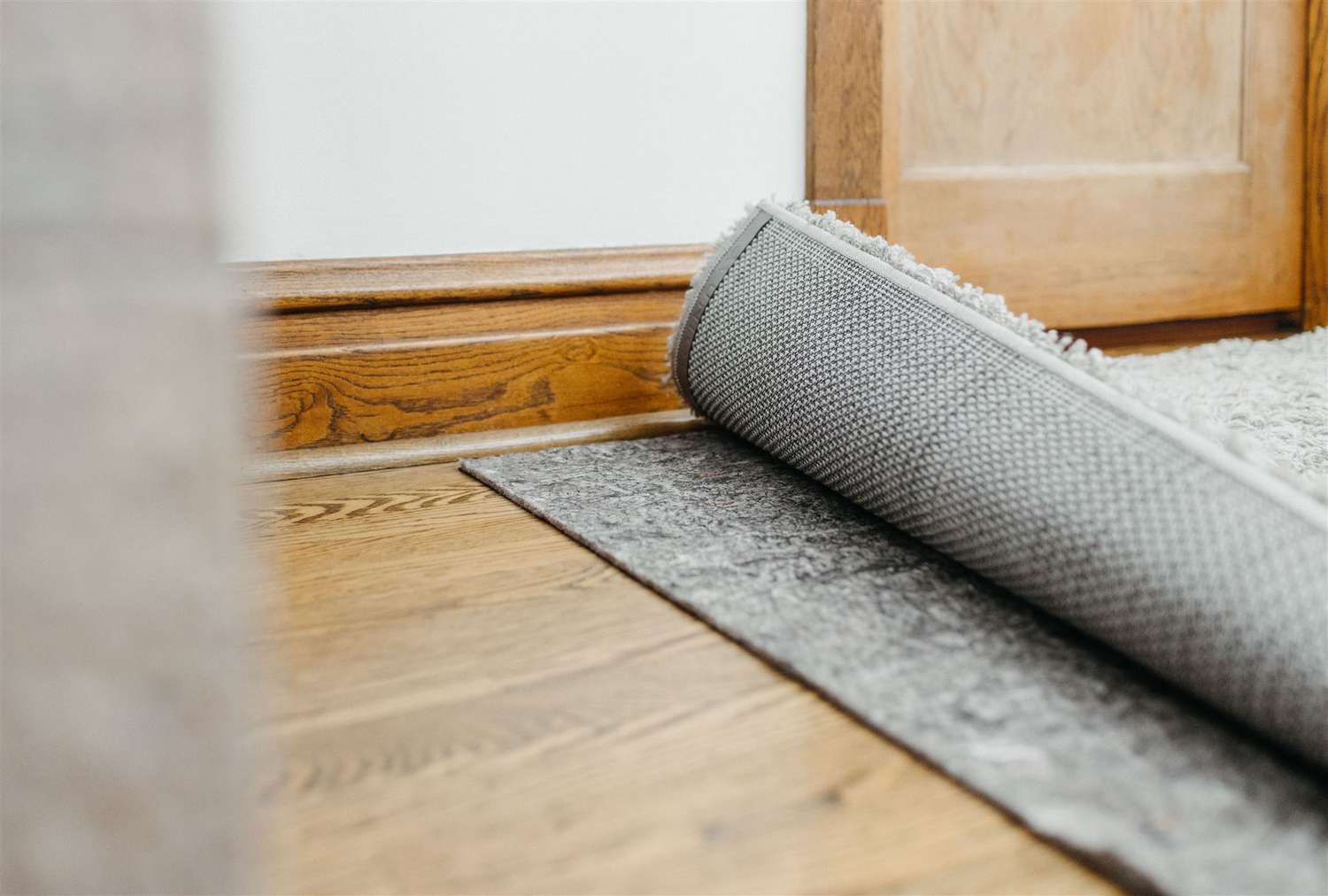

Articles
How To Soundproof A Floor In An Apartment
Modified: February 24, 2024
Looking for articles on how to soundproof a floor in an apartment? Discover effective strategies and tips to create a peaceful and noise-free living space.
(Many of the links in this article redirect to a specific reviewed product. Your purchase of these products through affiliate links helps to generate commission for Storables.com, at no extra cost. Learn more)
Introduction
In apartment living, noise from neighbors can be a constant source of frustration. Whether it’s footsteps from the floor above, voices echoing through the walls, or the sound of music and television seeping through, excessive noise can disrupt your peace and affect your quality of life. Fortunately, there are effective solutions to soundproof your apartment floor and minimize the impact of unwanted noise.
Soundproofing a floor involves creating a barrier that reduces the transmission of sound waves. By implementing various techniques and materials, you can significantly decrease the noise entering or escaping through your apartment floor. In this article, we will guide you through the process of soundproofing your floor and provide you with practical tips and solutions.
Before diving into soundproofing methods, it is essential to have a clear understanding of how sound travels. Sound is produced by vibrations and travels through different mediums such as air, solid objects, and even structural elements. It can be transmitted through direct contact or by passing through materials. By comprehending the principles of sound transmission, you can effectively address and mitigate noise issues in your apartment.
The first step in soundproofing your floor is to assess the noise sources. Take the time to identify the most significant noise problems in your apartment. Is it primarily impact noise from footsteps, airborne noise from voices and electronics, or a combination of both? Understanding the type and source of the noise can help you determine the most appropriate soundproofing solutions.
Once you have identified the noise sources, it is crucial to prepare the floor before implementing soundproofing measures. This may involve removing existing floor coverings and ensuring that the subfloor is clean and in good condition. A smooth and solid surface will provide a better foundation for the soundproofing materials.
An essential component of soundproofing a floor is the installation of an acoustic underlayment. Acoustic underlayments are specially designed materials that dampen and absorb sound vibrations. They serve as a barrier between the subfloor and the floor covering, reducing the transmission of sound waves. When selecting an acoustic underlayment, consider thickness, density, and the material’s soundproofing capabilities.
After installing the acoustic underlayment, consider the type of floor covering that will further enhance the soundproofing effect. Different flooring options have varying levels of sound insulation properties. For example, carpeting and cork flooring are known for their sound-absorbing qualities. Laminate and hardwood floors, on the other hand, may require additional soundproofing measures.
Sealing gaps and cracks is another crucial step in minimizing noise transmission through the floor. Small openings can allow sound waves to travel freely, reducing the effectiveness of the soundproofing efforts. By caulking and sealing any visible gaps or cracks, you can create a more airtight and sound-resistant environment in your apartment.
Finally, there are additional soundproofing measures that you can consider to maximize the effectiveness of your floor soundproofing. This may include using area rugs or sound-blocking curtains to further reduce noise reflection. Furniture placement and the strategic use of sound-absorbing materials in your apartment can also contribute to a quieter living space.
By implementing the soundproofing techniques outlined in this article, you can significantly improve the sound insulation of your apartment floor and enjoy a more peaceful and comfortable living environment. Remember, each apartment is unique, and it may require a combination of different methods to achieve optimal results. With patience and persistence, you can create a space that allows you to truly escape the noise and find solace in the comforts of your home.
Key Takeaways:
- Understanding the principles of soundproofing and assessing noise sources are crucial steps in creating a more peaceful apartment living environment. Implementing a combination of techniques, such as acoustic underlayment and sealing gaps, can significantly reduce noise transmission.
- Choosing the right floor covering, strategically placing furniture, and exploring additional soundproofing measures can further enhance noise reduction in your apartment. While complete soundproofing may not be achievable, a combination of techniques can create a more comfortable living space.
Read more: How To Soundproof A Ceiling In An Apartment
Understanding Soundproofing
Before embarking on the journey of soundproofing your apartment floor, it’s important to understand the fundamentals of soundproofing. Sound is essentially a form of energy that travels through vibrations. These vibrations can pass through various materials, such as walls, floors, and ceilings, as well as through the air. To effectively soundproof your floor, you need to disrupt or absorb these sound waves before they reach your space.
There are two primary types of sound that you’ll encounter in an apartment setting: airborne sound and impact sound. Airborne sound includes noises like voices, music, and the television, which travel through the air. Impact sound, on the other hand, refers to noises created by objects hitting the floor, such as footsteps or dropped items. Understanding the type of sound you’re dealing with will help you choose the appropriate soundproofing materials and methods.
When it comes to soundproofing, there are four main principles at play:
- Mass: Increasing the mass or density of a material helps block sound waves. Heavy and dense materials, like concrete or solid wood, are effective at limiting sound transmission. However, in an apartment setting, it can be challenging to add substantial mass to the existing floor. Therefore, you’ll need to explore other soundproofing techniques.
- Decoupling: Decoupling involves creating an air gap or separation between materials to minimize the transfer of sound vibrations. By isolating the layers of your floor, you can prevent sound from traveling through structural elements. Decoupling techniques can include the use of resilient channels, sound isolation clips, or floating floors.
- Absorption: Sound absorption is the process of converting sound energy into heat energy. By using sound-absorbing materials, you can reduce the reflections and reverberation of sound waves. This helps to create a quieter and more acoustically pleasing environment. Common sound-absorbing materials include acoustic foam, fiberglass panels, and acoustic ceiling tiles.
- Sealing: Ensuring that your floor is properly sealed is essential for soundproofing. Gaps, cracks, and openings can allow sound waves to pass through easily. Seal any visible gaps with caulk or foam and use weatherstripping to create a more airtight seal around windows and doors.
It’s important to note that soundproofing is not about “soundproofing” a space completely, but rather about minimizing and controlling noise to a comfortable level. It’s unlikely to achieve complete silence, particularly in an apartment setting with shared walls and ceilings. However, by implementing the right techniques, you can significantly reduce the impact of noise and create a more peaceful living environment.
Before proceeding with soundproofing your floor, consult the building management or landlord to ensure that you comply with any rules or regulations regarding renovations or modifications. Some buildings may have restrictions on certain soundproofing methods or require you to work with approved contractors. It’s always better to check before starting any modifications to avoid any potential disputes or penalties.
Now that you have a solid understanding of the principles behind soundproofing, it’s time to assess the noise in your apartment and develop a soundproofing plan tailored to your specific needs.
Assessing the Noise
Before you begin soundproofing your apartment floor, it is crucial to assess the noise sources and determine the level of sound insulation required. Understanding the type and intensity of the noise will help you select the most effective soundproofing solutions.
Start by identifying the primary sources of noise in your apartment. Is the noise mainly coming from impact sounds, such as footsteps or objects dropping on the floor? Or is it airborne noise, such as voices, music, or traffic sounds that are penetrating through the walls and floor?
To assess the noise levels accurately, take some time to listen carefully in different areas of your apartment. Note down when and where you hear the most disruptive noises. Pay attention to the times of day when the noise is at its peak, as this can indicate which activities or behaviors are causing the most disturbance.
A helpful tool in assessing noise is a sound level meter. You can purchase one or use a smartphone app that measures sound levels. This will give you a quantitative measurement of noise intensity, helping you determine the effectiveness of your soundproofing efforts.
When assessing the noise, consider the frequency and intensity of the sounds. Low-frequency sounds, like the thudding of footsteps, tend to travel easily through floors and may require specific soundproofing techniques. High-frequency sounds, such as voices or music, can be reduced through general soundproofing methods like adding mass and absorption materials.
Another important aspect to consider is the impact of background noise. In some cases, the ambient noise from external sources, such as traffic or neighboring apartments, can mask or overshadow the specific noise issues in your apartment. Understanding these background noises will help you gauge the effectiveness of your soundproofing efforts and prioritize the areas that require immediate attention.
Take note of any specific areas in your apartment where the noise seems to be more pronounced. For example, if you notice that the noise is louder near the windows or doors, it could indicate that these areas require additional sealing to reduce sound leakage.
It’s also beneficial to communicate with your neighbors to understand if they have similar noise complaints. This can help you determine if the noise is primarily coming from within your apartment or if there are external factors contributing to the issue.
By conducting a thorough assessment of the noise in your apartment, you will have a clearer picture of the specific soundproofing measures needed. This will enable you to select the appropriate materials and techniques to effectively reduce noise and create a more peaceful living environment.
Preparing the Floor
Before you can start soundproofing your apartment floor, it’s essential to properly prepare the existing surface. This will ensure that the soundproofing materials can be installed effectively and provide optimal noise reduction.
Here are the necessary steps to prepare your floor for soundproofing:
- Remove existing floor coverings: If there are any existing floor coverings, such as carpet, laminate, or vinyl, you’ll need to remove them to access the subfloor. Use appropriate tools like a carpet knife or pry bar to carefully remove the flooring material.
- Inspect the subfloor: Once the floor coverings are removed, inspect the subfloor for any visible damage or unevenness. Address any repairs that may be necessary, such as filling in gaps or cracks in the subfloor. A smooth and level subfloor will provide a better foundation for the soundproofing materials.
- Clean the subfloor: Sweep or vacuum the subfloor to remove any dust, debris, or loose particles. Ensure the surface is clean and free from any residual adhesives or other substances that may interfere with the installation of soundproofing materials.
During the floor preparation process, take the opportunity to examine the condition of the subfloor and address any maintenance issues. Repairing any visible damage and ensuring a clean and even surface will contribute to the effectiveness of your soundproofing efforts.
It’s important to note that if your apartment has a concrete subfloor, additional measures may be required to improve soundproofing. Concrete is a dense material that can transmit and amplify sound vibrations. In these cases, employing decoupling techniques or using specialized soundproofing products designed for concrete floors may be beneficial.
Before proceeding with any floor preparations or soundproofing modifications, it’s essential to check with your building management or landlord. Confirm whether you are allowed to make these changes and if any specific requirements or restrictions are in place. It’s better to seek permission and ensure compliance with the regulations to avoid any potential issues.
Once the floor is properly prepared, you can proceed with the installation of acoustic underlayment and other soundproofing measures. Taking the time to prepare the floor adequately will ensure a smooth and effective soundproofing process, bringing you one step closer to a quieter and more peaceful living environment.
Acoustic Underlayment Installation
Installing an acoustic underlayment is a crucial step in soundproofing your apartment floor. The underlayment acts as a buffer between the subfloor and the floor covering, helping to reduce the transmission of sound waves and vibrations. Here’s how you can install an acoustic underlayment:
- Select the right underlayment: There are various types of acoustic underlayments available, such as foam, rubber, or cork. Consider factors like thickness, density, and the specific soundproofing properties of each material. Choose an underlayment that is suitable for your floor type and meets your noise reduction requirements.
- Cut the underlayment: Measure the dimensions of the room and cut the underlayment sheets accordingly. Leave a small gap around the edges to allow for expansion and contraction of the underlayment material.
- Roll out the underlayment: Start at one end of the room and roll out the underlayment along the length of the floor. Ensure that it is aligned with the edges and make any necessary adjustments to fit the shape of the room.
- Secure the underlayment: Use adhesive or double-sided tape to secure the underlayment to the subfloor. Apply the adhesive or tape along the edges and seams to prevent any movement or shifting of the underlayment. Alternatively, some underlayment materials come with a self-adhesive backing for easy installation.
- Overlap and seal seams: If you’re using multiple sheets of underlayment, overlap the edges by a few inches to create a continuous barrier. Secure the overlapping edges with adhesive or tape. Additionally, seal the seams between the underlayment sheets to prevent sound leakage.
- Trim excess underlayment: Trim any excess underlayment around the edges of the room using a utility knife. Ensure a neat and flush finish by carefully cutting along the edges.
When installing the acoustic underlayment, follow the manufacturer’s instructions and recommendations for the specific product you are using. It’s important to ensure a proper and secure installation to maximize the soundproofing effectiveness.
Keep in mind that the choice of floor covering will also impact the overall soundproofing result. Different types of flooring materials may require specific underlayment considerations. For example, if you’re installing carpeting, choose an underlayment that provides additional cushioning and noise reduction. For hardwood or laminate floors, select an underlayment that offers good impact resistance and sound absorption.
Before installing the floor covering over the acoustic underlayment, allow sufficient time for the underlayment to settle and any adhesive to cure. This will ensure that the underlayment is ready to provide the desired soundproofing performance.
By installing an acoustic underlayment, you can significantly enhance the soundproofing capabilities of your apartment floor. It serves as a valuable layer of protection against noise transmission, creating a quieter and more peaceful living environment.
Consider using soundproofing materials such as acoustic underlayment or soundproofing mats to reduce impact noise from footsteps in your apartment. These materials can be installed under your flooring to help minimize noise transfer to the unit below.
Read more: How To Soundproof Floor
Floor Covering Options
Choosing the right floor covering is an important consideration when soundproofing your apartment floor. Different materials have varying levels of sound insulation properties, so selecting the appropriate flooring option can significantly enhance the overall soundproofing effect. Here are some popular choices to consider:
- Carpet or Rugs: One of the most effective floor coverings for soundproofing is carpet. The dense fibers of carpeting help absorb and dampen sound vibrations, reducing noise transmission. Additionally, carpet acts as a barrier to airborne noises, such as voices and footsteps. If you prefer hard surface flooring, using area rugs strategically placed can also contribute to sound reduction.
- Cork Flooring: Cork is a natural, renewable material that not only adds warmth and aesthetic appeal to your apartment but also provides excellent soundproofing properties. Its cellular structure helps absorb sound vibrations and reduces impact noise from footsteps, making it an ideal choice for those seeking a quiet living environment.
- Laminate or Engineered Wood Flooring: While laminate and engineered wood flooring are popular choices for their durability and aesthetic appeal, they are not inherently soundproof. However, you can enhance the soundproofing effect by installing an acoustic underlayment underneath the flooring. Additionally, using area rugs strategically can help dampen sound and reduce noise reflection.
- Tile or Stone Flooring: Tile and stone flooring materials are known for their hard and durable characteristics, but they can be noisy due to their reflective properties. To minimize noise, consider using sound-absorbing materials, such as cork underlayment, beneath the tiles. You can also use area rugs in high-traffic areas to reduce footstep impact noise.
- Vinyl Flooring: Vinyl flooring is a versatile and affordable option that offers some level of sound insulation. To further enhance its soundproofing properties, you can install an acoustic underlayment beneath the vinyl flooring. Additionally, choosing vinyl planks instead of sheets reduces the sound of footsteps due to the added thickness and stability.
When selecting a floor covering, consider both the soundproofing properties and your personal preferences. Each option comes with its own benefits and considerations, so weigh the trade-offs between sound reduction, durability, maintenance, and aesthetics to make an informed decision.
Another factor to consider is the building regulations or rules regarding floor coverings. Some apartments or complexes may have specific requirements or restrictions on the type of flooring allowed. It’s important to check with the building management or landlord to ensure compliance and avoid any potential disagreements.
Remember that the effectiveness of your floor covering in soundproofing also depends on the quality of the installation. Ensure that flooring materials are properly installed and any gaps or seams are securely sealed to minimize sound leakage.
By selecting the right floor covering and implementing soundproofing techniques, you can significantly reduce noise transmission and create a quieter living environment in your apartment.
Sealing Gaps and Cracks
Sealing gaps and cracks in your apartment floor is a crucial step in soundproofing. Even the smallest openings can allow sound waves to pass through, reducing the effectiveness of your soundproofing efforts. By properly sealing these gaps, you can create a more airtight and sound-resistant environment. Here’s how you can seal gaps and cracks:
- Inspect the floor: Carefully examine the floor and identify any visible gaps, cracks, or openings where sound may be escaping or entering. Common areas for gaps and cracks include around baseboards, between flooring and walls, or where two different flooring materials meet.
- Clean the area: Before sealing, ensure that the area is clean and free from dust or debris. Use a vacuum or a damp cloth to remove any dirt that could prevent proper sealing.
- Select the right sealant: Choose a sealant suitable for your floor type and the size of the gaps or cracks. There are various options available, such as silicone caulk, acrylic caulk, or expanding foam. Consider whether the sealant needs to be paintable or waterproof, and ensure compatibility with your flooring material.
- Apply the sealant: Using a caulk gun or squeeze tube, carefully apply the sealant into the gaps and cracks. Ensure that the sealant fills the entire space and creates a tight seal. Smooth the surface of the sealant with a caulk smoothing tool or a wet finger for a neat and finished look.
- Allow the sealant to dry: Follow the manufacturer’s instructions for drying time. Avoid walking on or disturbing the sealed areas until the sealant is fully cured to ensure a proper and long-lasting seal.
In addition to gaps and cracks in the floor itself, pay attention to areas where the floor meets walls, windows, or doors. These junctions can be potential sources of sound leaks. Apply weatherstripping or door sweeps to create a tight seal and prevent sound from traveling through these gaps.
It’s important to note that while sealing gaps and cracks can significantly reduce noise transmission, it may not eliminate all sounds completely. Sound can still travel through other pathways, such as walls or ceiling, so it’s essential to consider other soundproofing measures in combination with sealing gaps and cracks.
Regularly inspect the sealed areas and reapply sealant as needed to maintain the integrity of the seal. Over time, the sealant may wear off or crack, so ongoing maintenance is crucial to ensure maximum soundproofing efficiency.
By sealing gaps and cracks in your apartment floor, you can minimize sound leaks and create a more effective soundproofing barrier. This simple step, when combined with other soundproofing techniques, will contribute to a quieter and more peaceful living space.
Additional Soundproofing Measures
While soundproofing the floor of your apartment can have a significant impact on reducing noise, there are additional measures you can take to enhance the soundproofing effect. These measures target various aspects of your apartment and provide additional layers of insulation to create a quieter living environment. Here are some additional soundproofing measures to consider:
- Soundproofing Walls: Sound can travel through walls, so consider soundproofing the walls in your apartment. This can be done by adding additional layers of drywall, using soundproofing paint or wallpaper, or applying acoustic panels. These techniques help to absorb, block, or dampen sound vibrations, reducing noise transmission from neighboring apartments or outside sources.
- Using Sound-absorbing Materials: Incorporating sound-absorbing materials throughout your apartment can help reduce noise reflections and reverberation. Use soft furnishings like curtains, rugs, and upholstered furniture to absorb sound waves and create a quieter environment.
- Furniture Placement: Strategically arranging furniture can contribute to soundproofing efforts. Placing bookcases, shelves, or other large furniture against shared walls can help absorb and block sound. Consider placing furniture away from walls to minimize sound vibrations traveling through the floor.
- Window Treatments: Windows can be a significant source of noise infiltration. Installing double-glazed or soundproof windows can help reduce outside noises. Alternatively, use heavy, lined curtains or window blinds to block sound and create an additional sound barrier.
- Noise-reducing Appliances: Consider using noise-reducing appliances, such as quiet dishwashers or washing machines, to minimize noise generation within your apartment. Look for models specifically designed to operate quietly and emit less noise.
- White Noise Machines or Sound Conditioners: White noise machines or sound conditioners can help mask external noises by producing a constant, soothing sound. This can help create a more peaceful and sleep-friendly environment, especially if you’re dealing with unavoidable noise sources.
It’s important to note that while these additional measures can complement your floor soundproofing efforts, the effectiveness may vary depending on the specific noise sources and the construction of your apartment building.
Experiment with different combinations of soundproofing techniques to find the most effective solution for your specific needs. Keep in mind that soundproofing is a continuous process, and you may need to adjust or add additional measures over time to achieve the desired level of sound insulation.
Lastly, always be considerate of your neighbors. While soundproofing measures can help reduce noise transmission, it’s essential to be mindful of your own behavior and activities that may still generate excessive noise.
By implementing these additional soundproofing measures alongside your floor soundproofing efforts, you can create a more tranquil and enjoyable living environment in your apartment.
Conclusion
Suffering from excessive noise in your apartment can be a real challenge, but with the right soundproofing techniques, you can create a more peaceful and tranquil living environment. By understanding the principles of soundproofing and assessing the noise sources, you can effectively address and minimize the impact of unwanted noise.
Preparing the floor by removing existing coverings and ensuring a clean surface is essential before implementing soundproofing measures. Installing an acoustic underlayment provides a valuable barrier that dampens sound vibrations and reduces noise transmission. Selecting the appropriate floor covering, such as carpet, cork, or using area rugs strategically, further enhances sound insulation.
Sealing gaps and cracks is a crucial step in preventing sound leaks and maximizing the effectiveness of your soundproofing efforts. By using sealants and weatherstripping, you can create a more airtight and sound-resistant environment.
In addition to these measures, exploring other soundproofing techniques such as soundproofing walls, using sound-absorbing materials, and strategic furniture placement can further enhance noise reduction. Window treatments, noise-reducing appliances, and white noise machines can also contribute to creating a quieter and more peaceful living space.
It’s important to note that complete soundproofing is often not achievable in an apartment setting, given shared walls and ceilings. However, by applying various soundproofing techniques, you can significantly reduce noise transmission and enjoy a more comfortable living environment.
Remember to always check with your building management or landlord before undertaking any modifications or renovations, as there may be specific regulations or restrictions in place. Compliance with these guidelines will prevent any potential disputes or penalties.
Creating a quieter living environment in your apartment requires patience, experimentation, and a combination of different soundproofing methods. By taking the time to implement these measures, you can experience a significant improvement in reducing noise and enhancing your overall well-being.
Frequently Asked Questions about How To Soundproof A Floor In An Apartment
Was this page helpful?
At Storables.com, we guarantee accurate and reliable information. Our content, validated by Expert Board Contributors, is crafted following stringent Editorial Policies. We're committed to providing you with well-researched, expert-backed insights for all your informational needs.
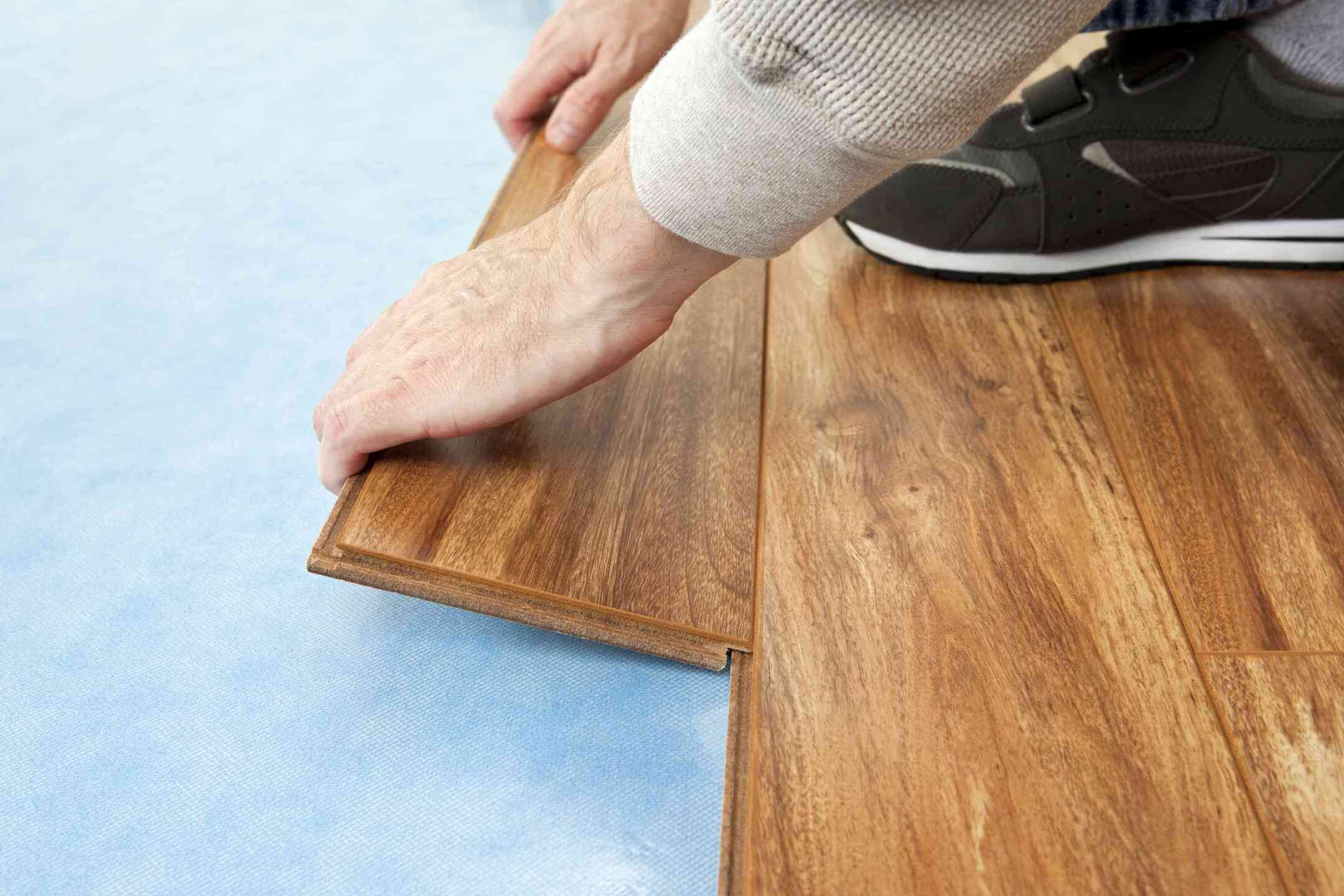
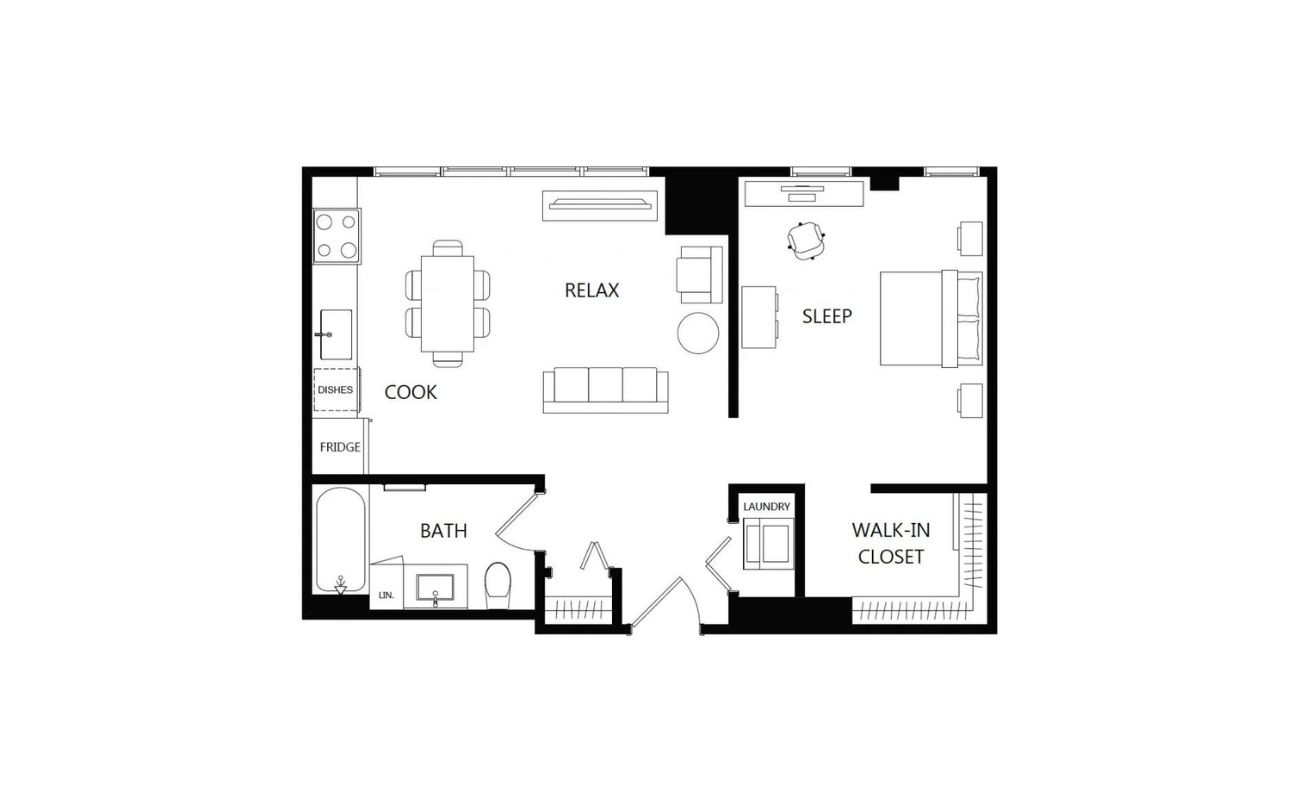
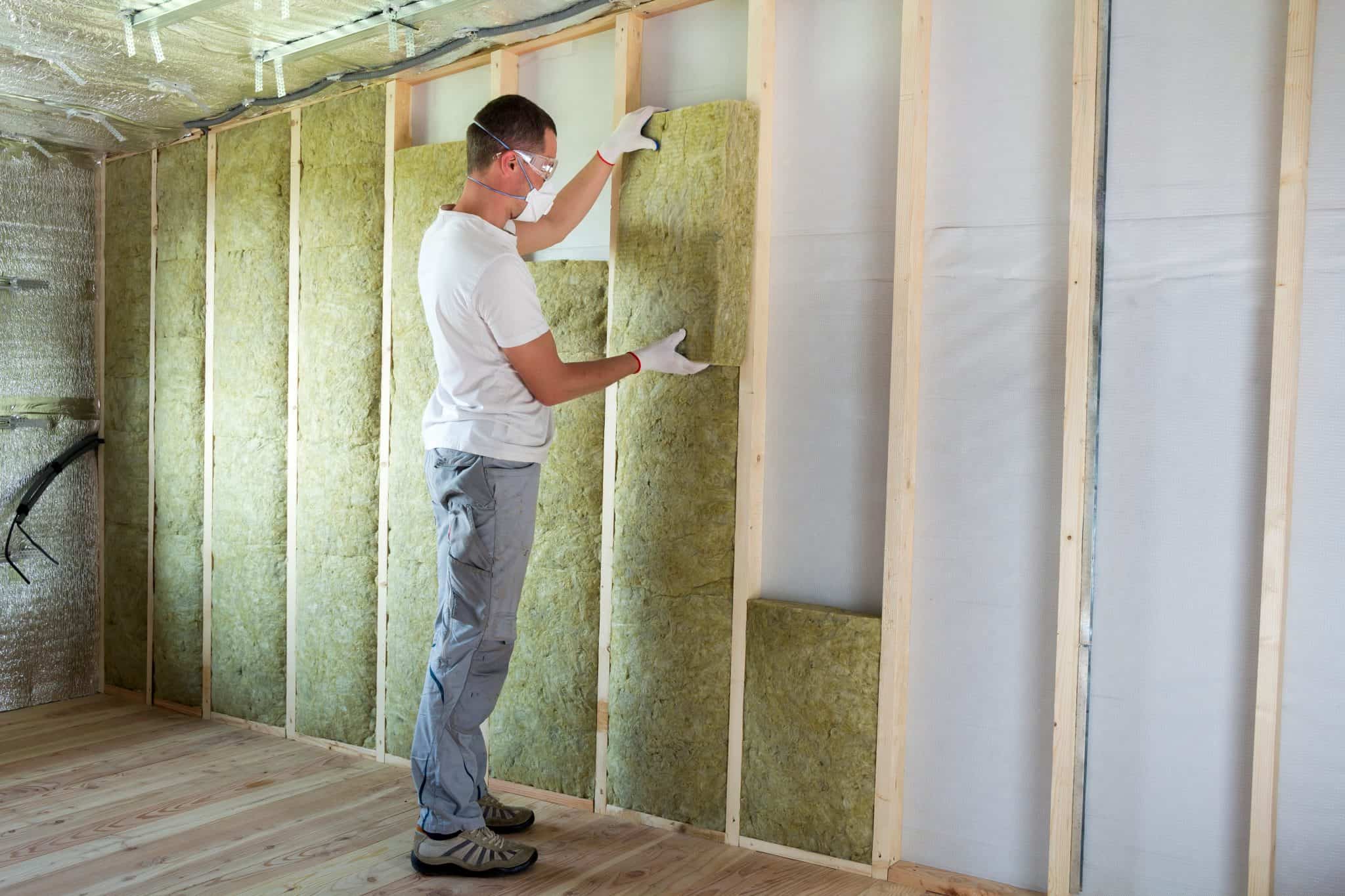
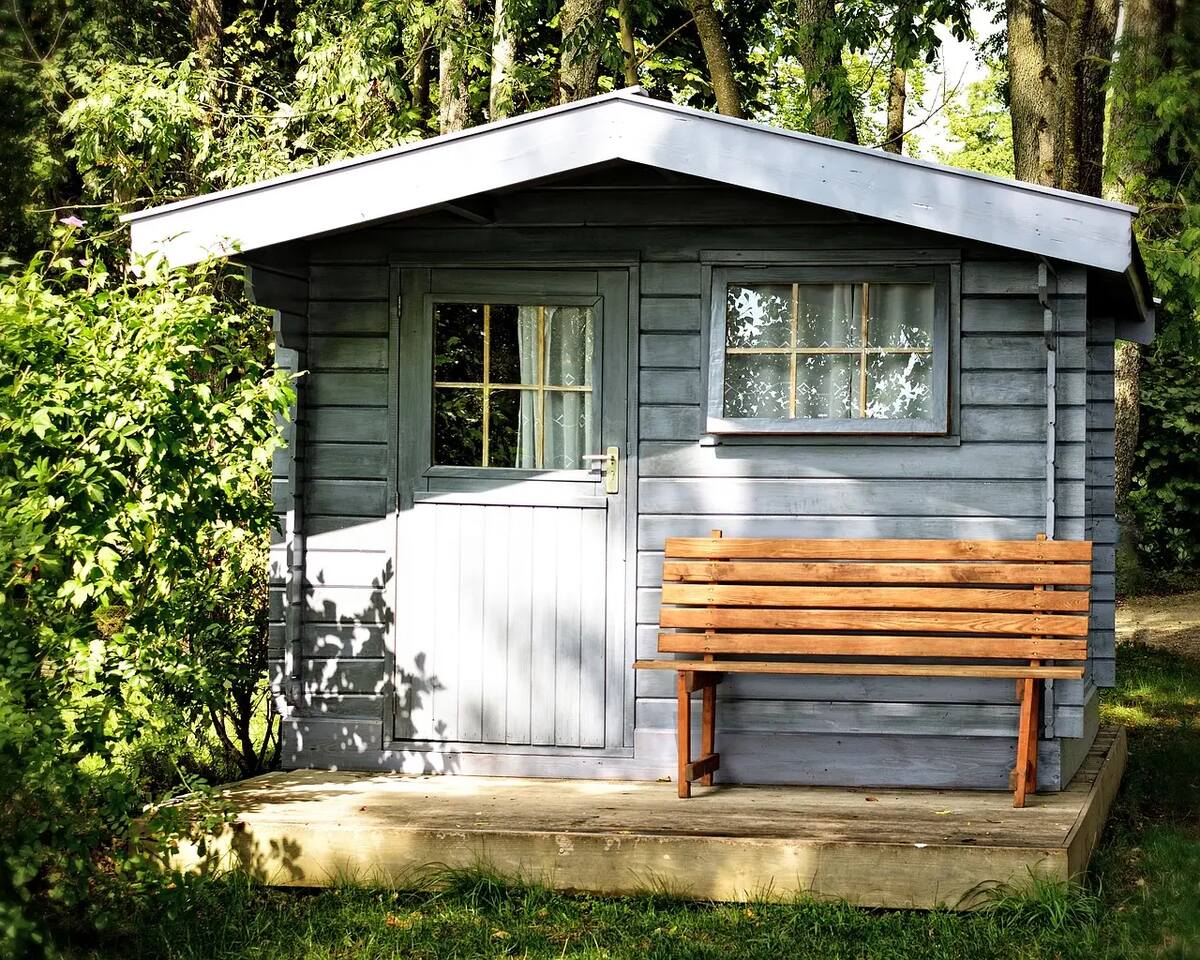
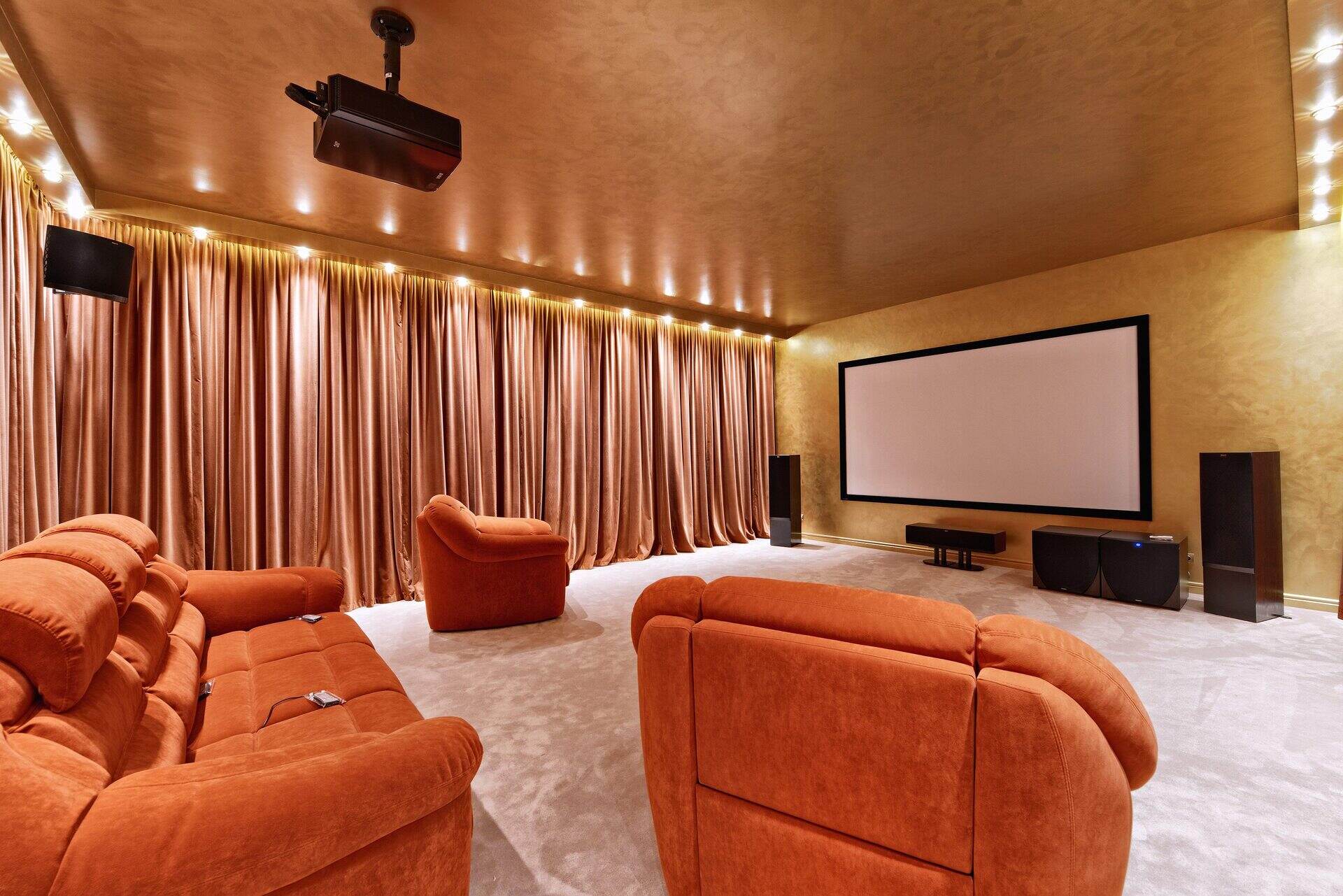
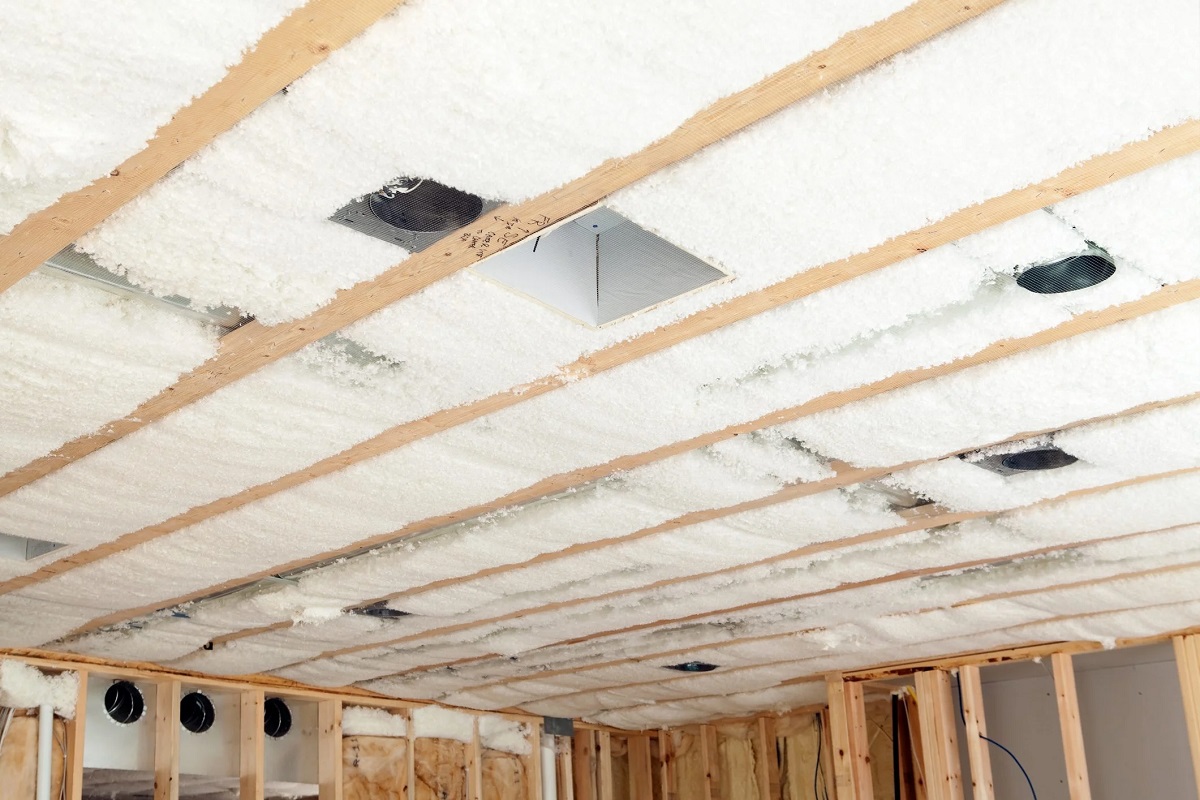

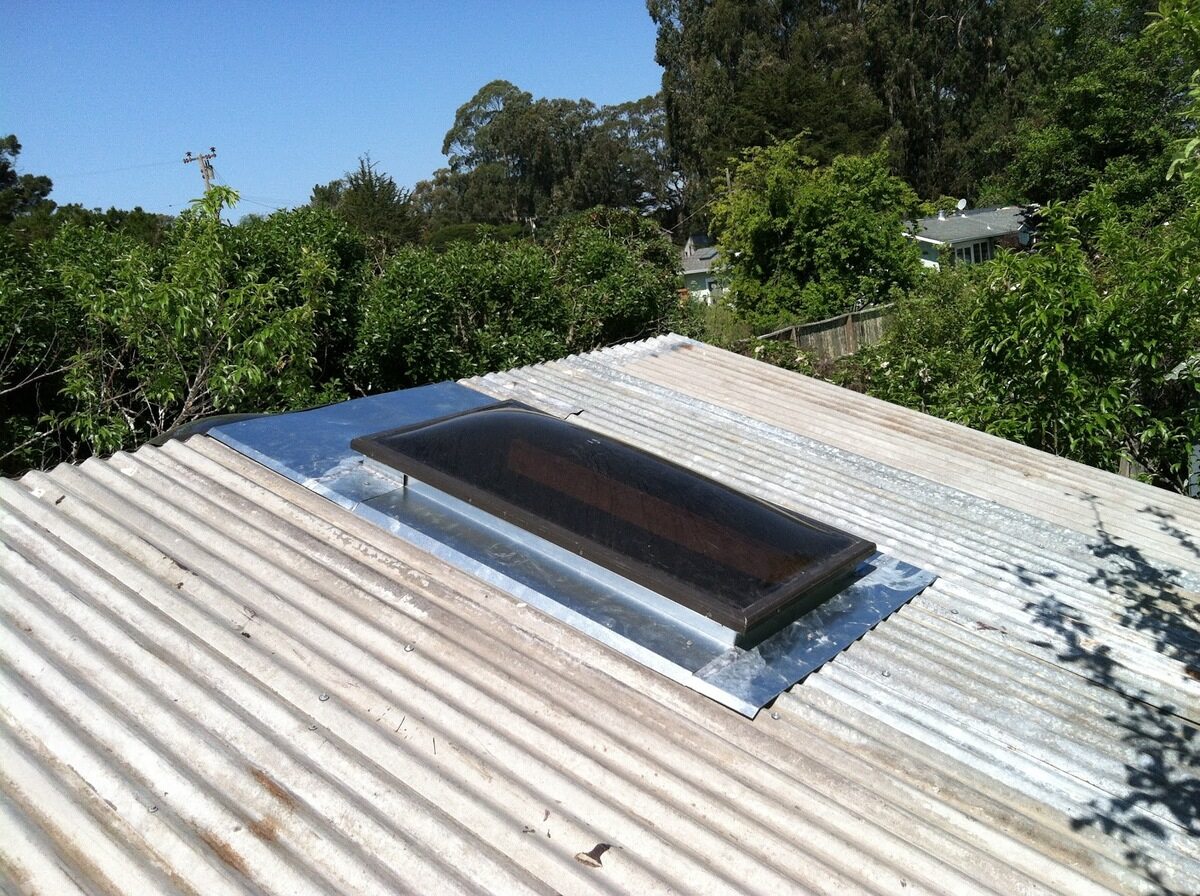
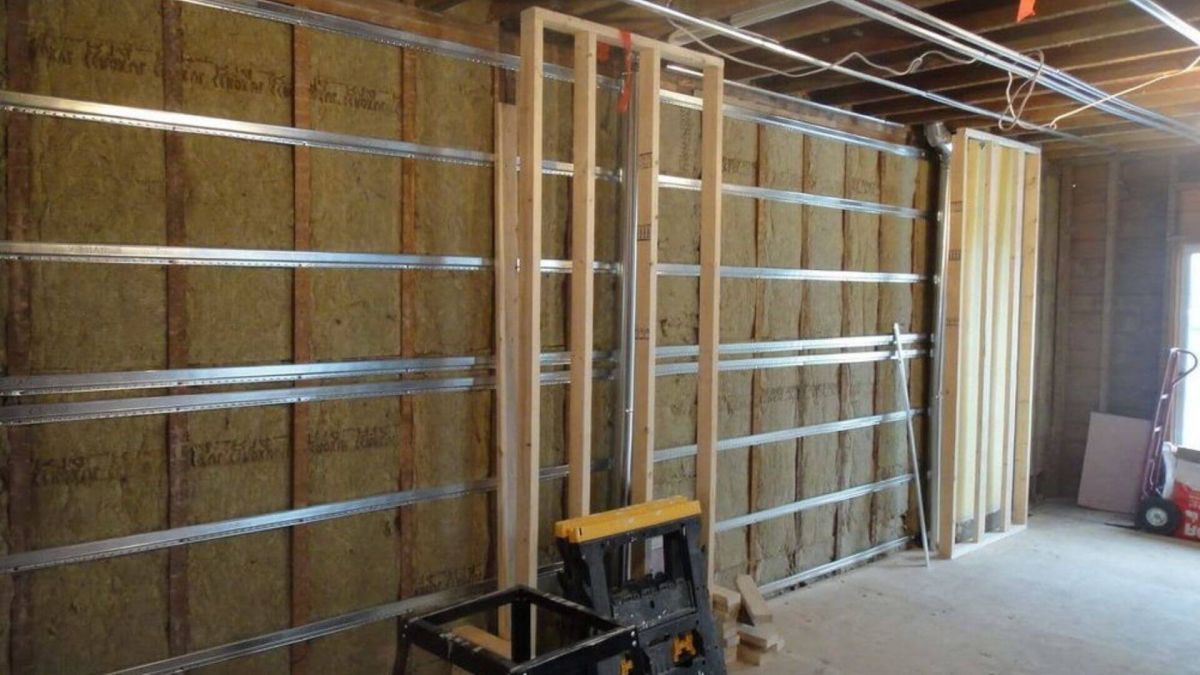
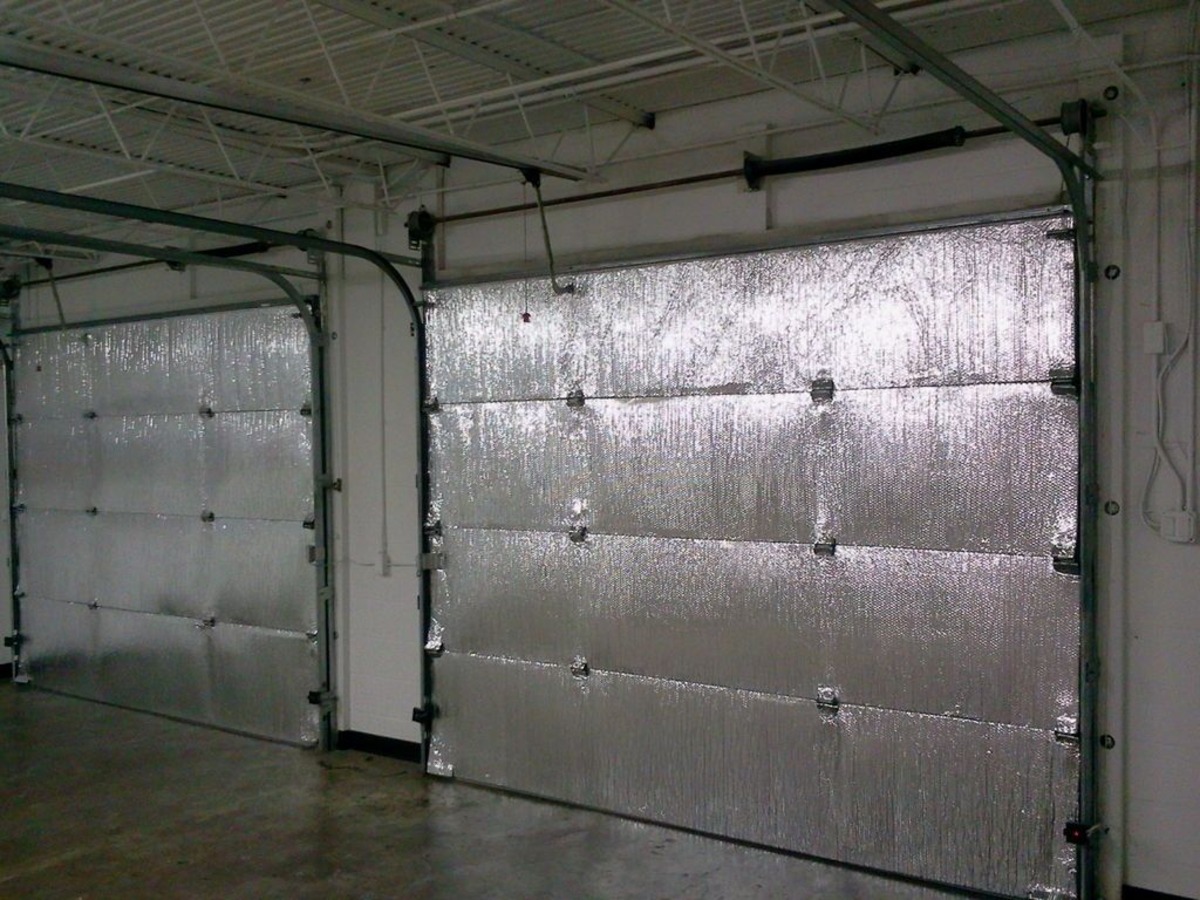
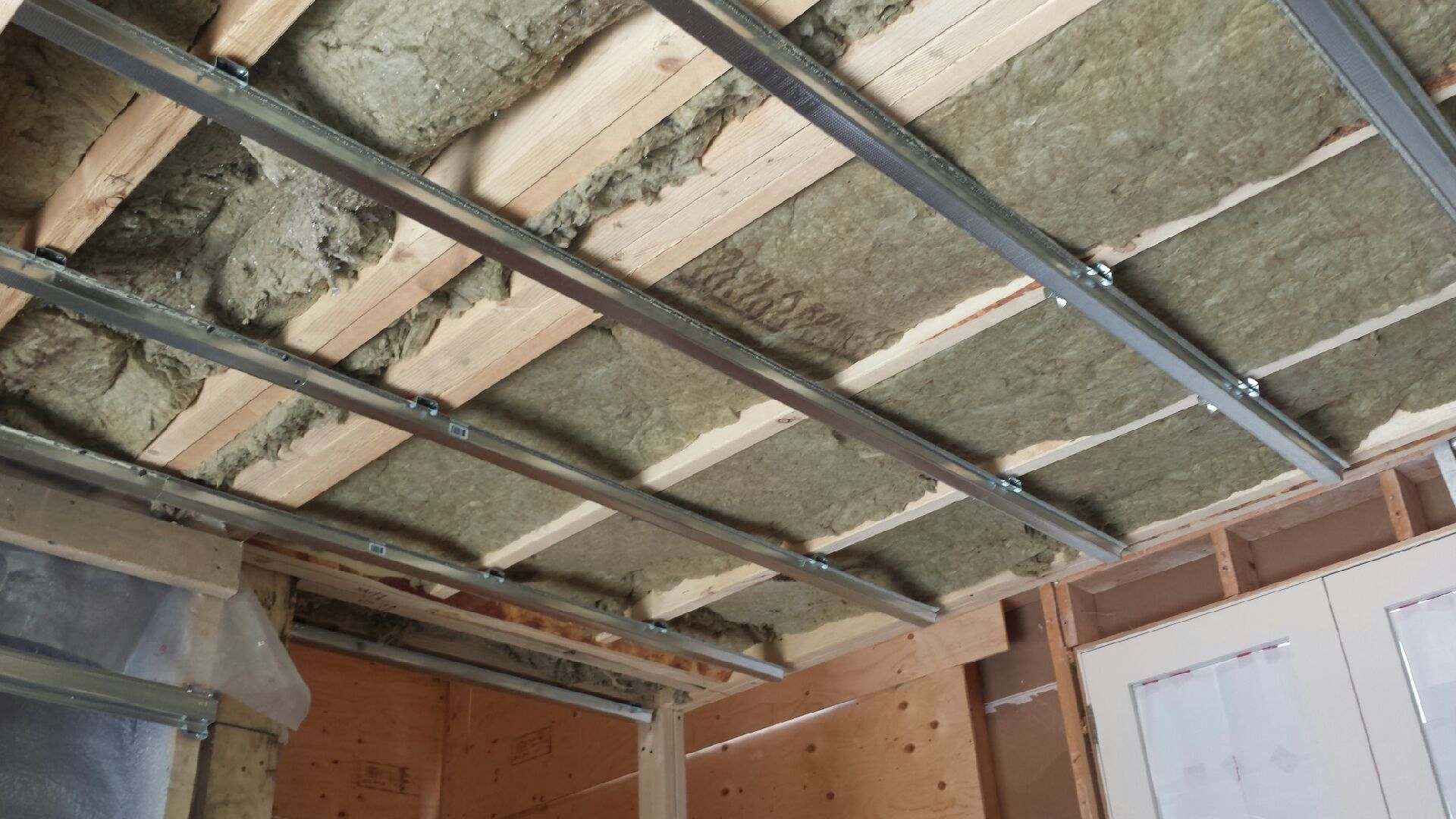
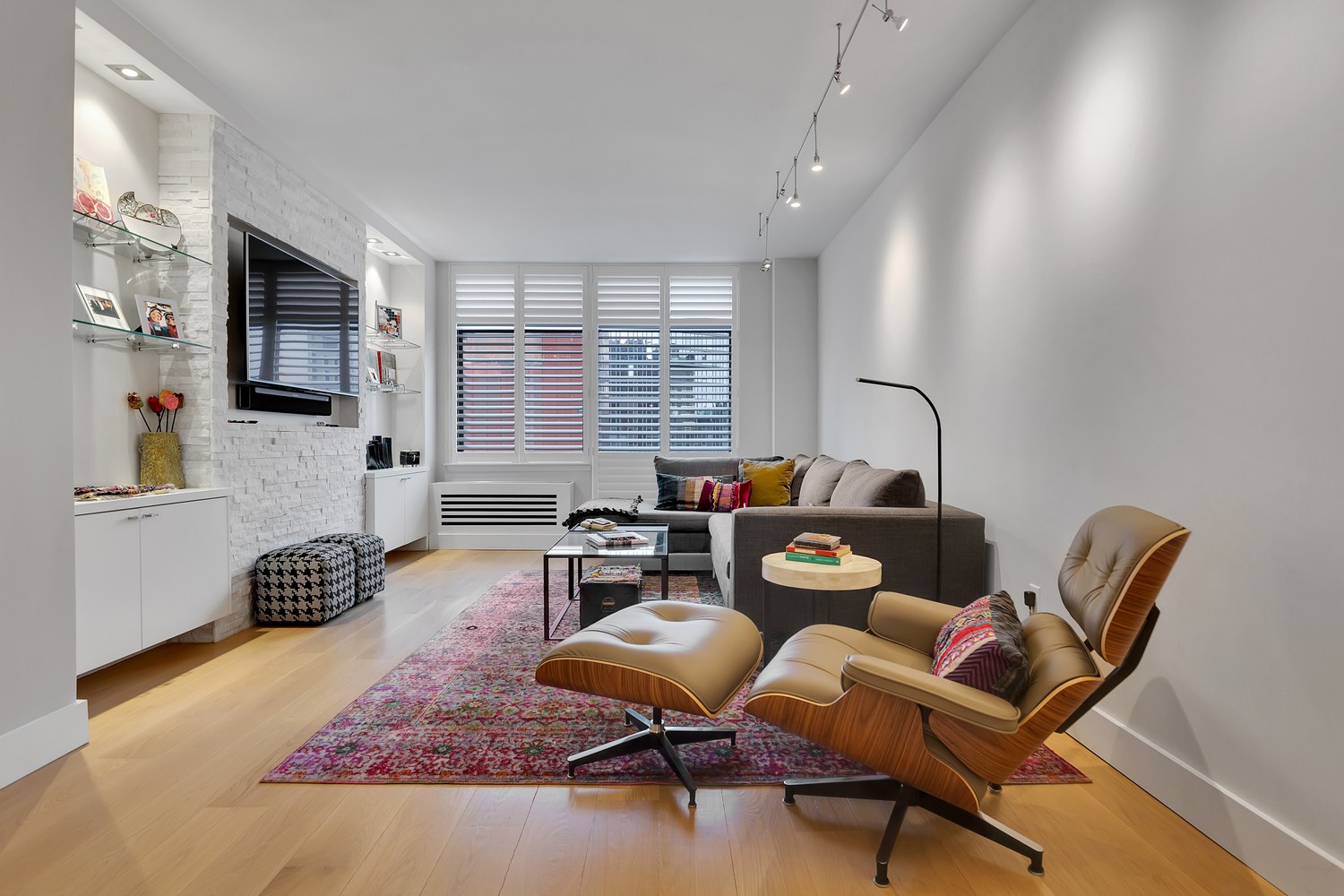
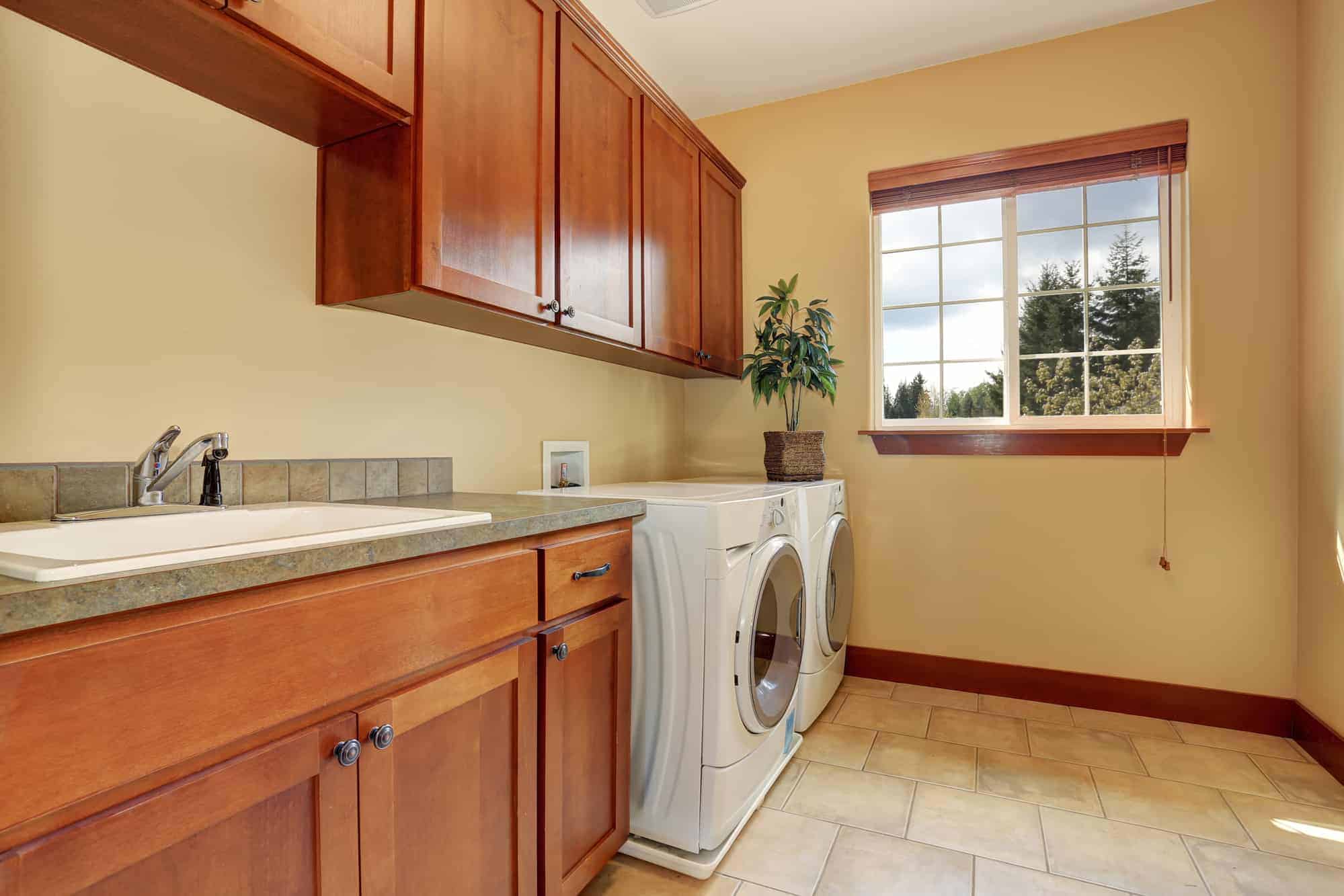
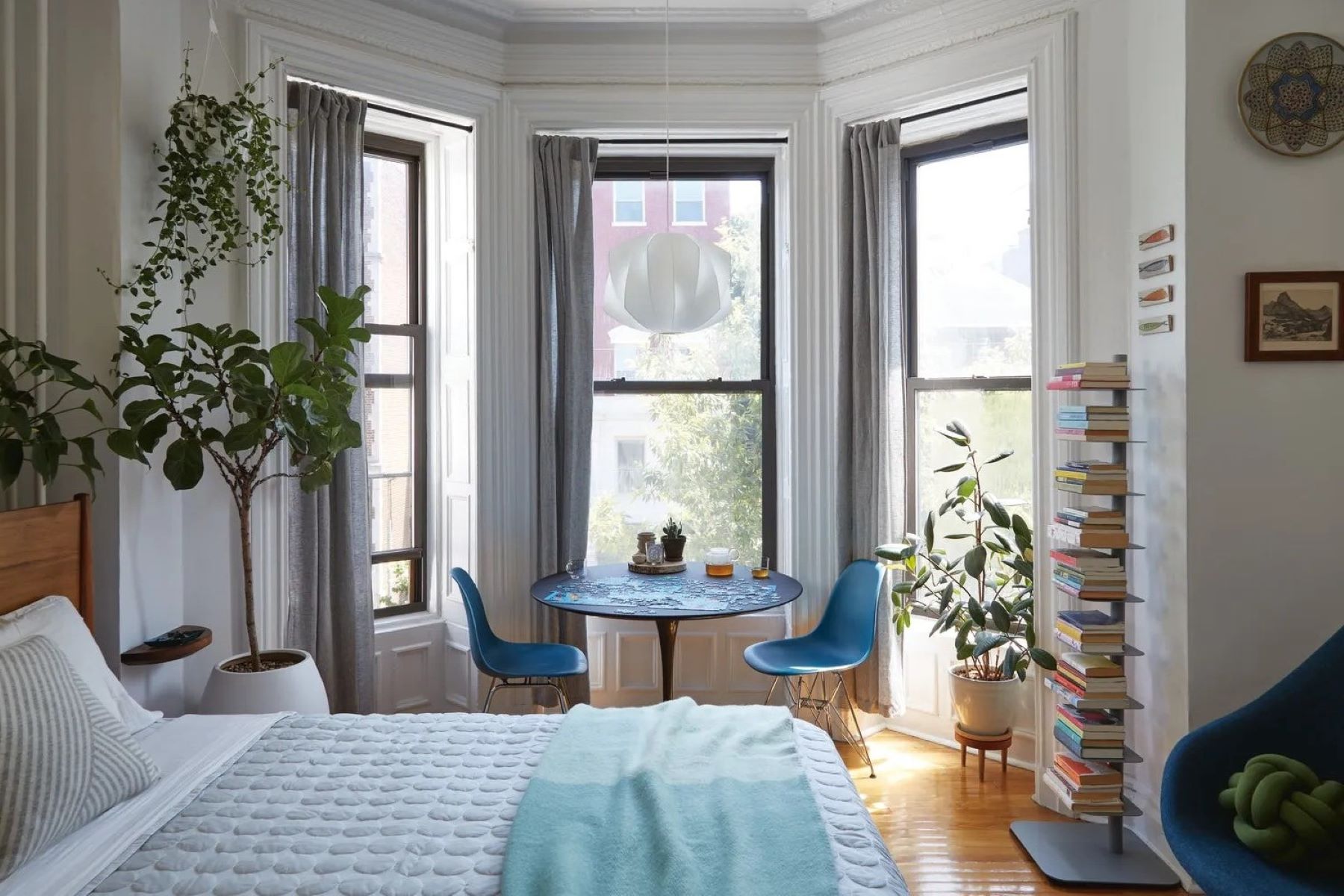

0 thoughts on “How To Soundproof A Floor In An Apartment”